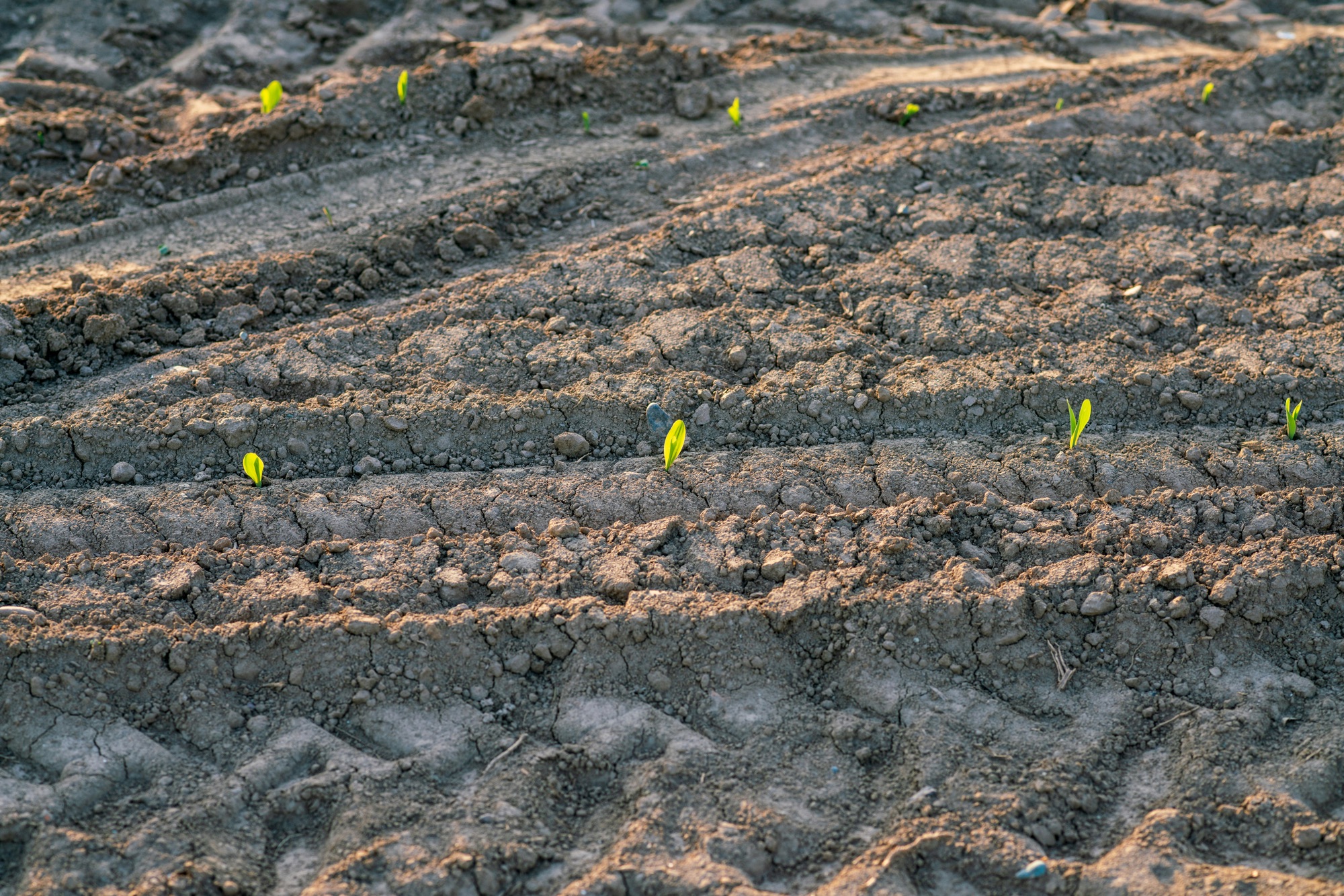In the quest for efficient agriculture, the development of fertilizers has played a pivotal role. Let’s delve into the historical journey of fertilizers, uncovering their impact on soil health and the evolution that led to Leedana’s innovative approach.
Discovery of Essential Nutrients
In the 19th century, chemist Justus Von Liebig scientifically studied fertilizers, focusing primarily on manure. His analysis revealed three crucial nutrients essential for plant growth: Nitrogen (N), Phosphorus (P), and Potassium (K). These components laid the foundation for modern fertilizers.
Nitrogen’s Vital Role
Nitrogen emerged as one of the most critical components, playing a vital role in plant nutrition. While Von Liebig pioneered the understanding of these nutrients, he couldn’t create modern fertilizers.
First Synthetic Fertilizer
The turning point came with Fritz Haber, who made history by synthetically combining nitrogen and hydrogen to create ammonia—the first human-made fertilizer. Ammonia, when combined with nitric acid, forms ammonium nitrate, widely used globally due to its nitrogen content.
Leedana’s Natural Filtration
Leedana’s innovative approach utilizes fish waste, rich in ammonia, dropping it into the sand. The sand act as a natural filter, decomposing ammonia into essential nutrients. This process allows plants to absorb nutrients, ensuring a clean return of water to the fish tank.
Diverse Growth with Leedana’s innovation
With Leedana’s innovative approach, we cultivate over 60 different vegetables in the same sand, responding to consumer demand. The key ingredient for these exceptional products is fish feed. Moreover, our natural filtration method ensures that each liter of water is reused an impressive 100 times per year through our systems. This sustainable practice showcases our commitment to efficiency and environmental responsibility.

